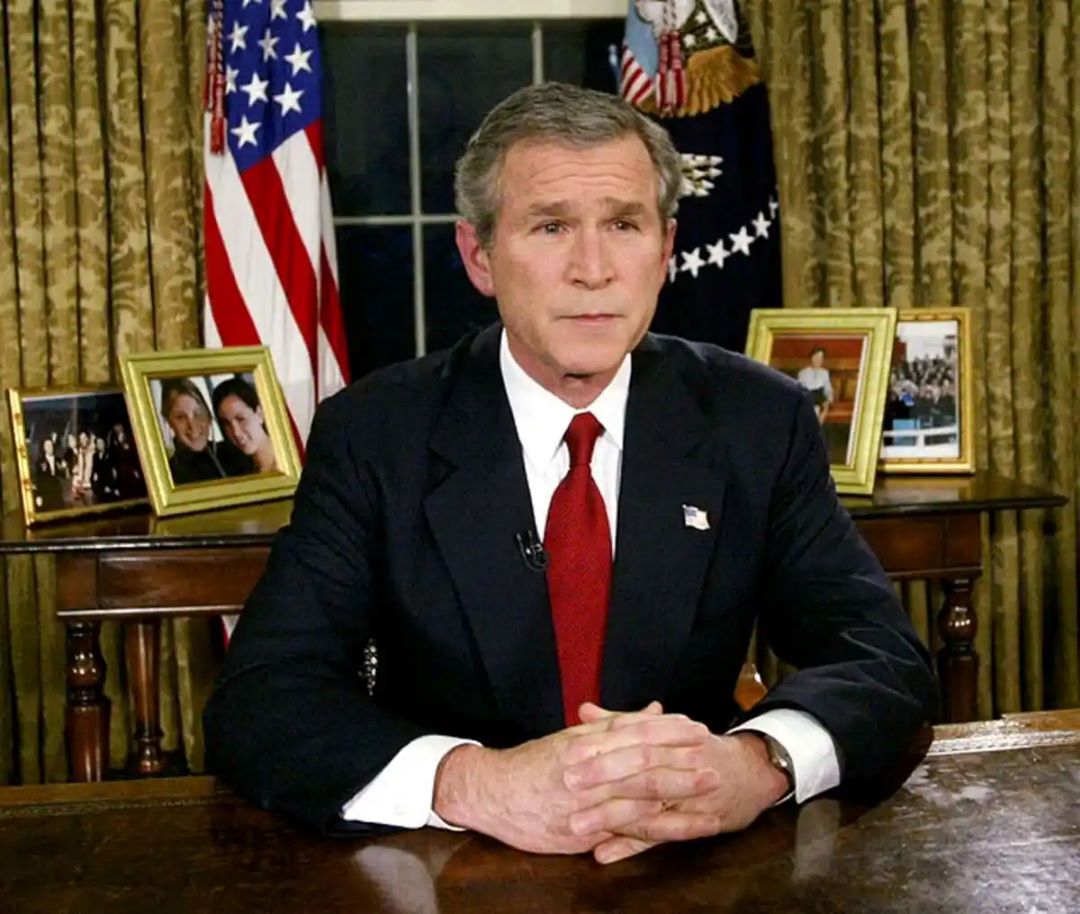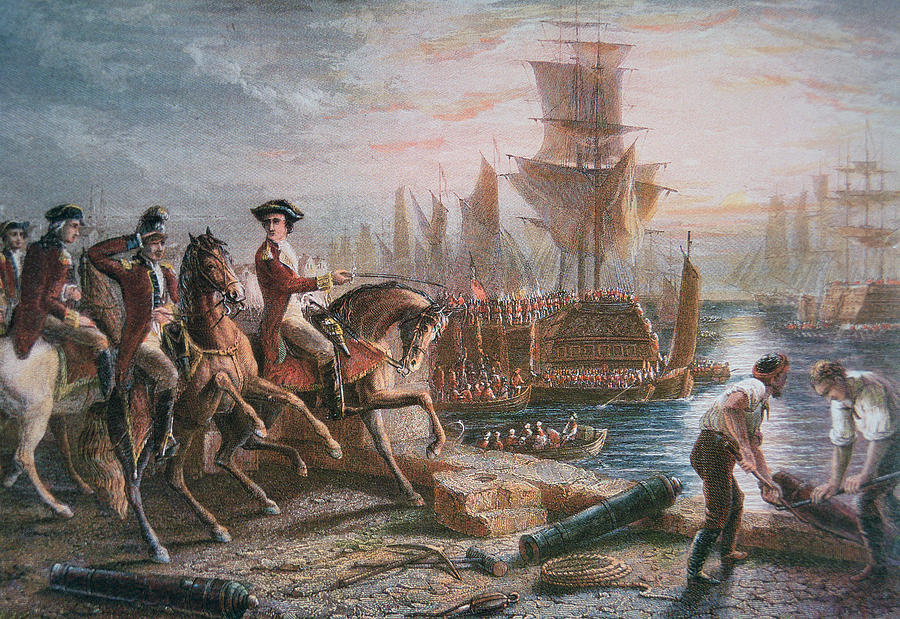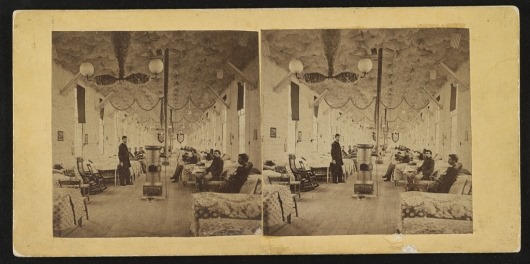
OPERATION IRAQI FREEDOM - 20TH ANNIVERSARY - STRATEGIC SETTING
Operation IRAQI FREEDOM, the military intervention to liberate Iraq from Saddam Hussein’s dictatorial regime, began on 19 MAR 2003 and was the culmination of months of planning and international negotiation. #IraqWar
Operation IRAQI FREEDOM, the military intervention to liberate Iraq from Saddam Hussein’s dictatorial regime, began on 19 MAR 2003 and was the culmination of months of planning and international negotiation. #IraqWar

A 46-strong coalition of the willing was assembled under U.S.-leadership. Four countries (the U.S., the U.K., Australia, and Poland) committed combat troops to the initial invasion. The U.S. Army contributed 50% of the deployed personnel utilized in the campaign.
#Armyhistory
#Armyhistory
The most of the ~230,000 U.S. Army soldiers were deployed under V Corps, which organized itself in Kuwait and included the 3rd ID, the 4th ID, the 82nd ABD, and the 101st ABD. V Corps and the I MEF would thrust northwest from Kuwait into Iraq at the start of OIF.
@USArmy @TRADOC
@USArmy @TRADOC

Army Special Forces also played an important role in OIF. TF Viking, mainly consisting of the 10th SFG and the 173rd ABB, was readied for deployment to northeast Iraq. TF Dagger, largely made up of the 5th SFG, staged in Saudi Arabia for an incursion into Iraq from the west. #OIF 

The Iraqi military of 2003 was a mere shadow of the force which had been decimated by the U.S.-led coalition during Operation DESERT STORM in 1991.
#USArmy #SpecialForces #3ID #4ID #AllAmerican #ScreamingEagles #MilitaryHistory #OperationIraqiFreedom @SecArmy @ArmyChiefStaff
#USArmy #SpecialForces #3ID #4ID #AllAmerican #ScreamingEagles #MilitaryHistory #OperationIraqiFreedom @SecArmy @ArmyChiefStaff
• • •
Missing some Tweet in this thread? You can try to
force a refresh



















